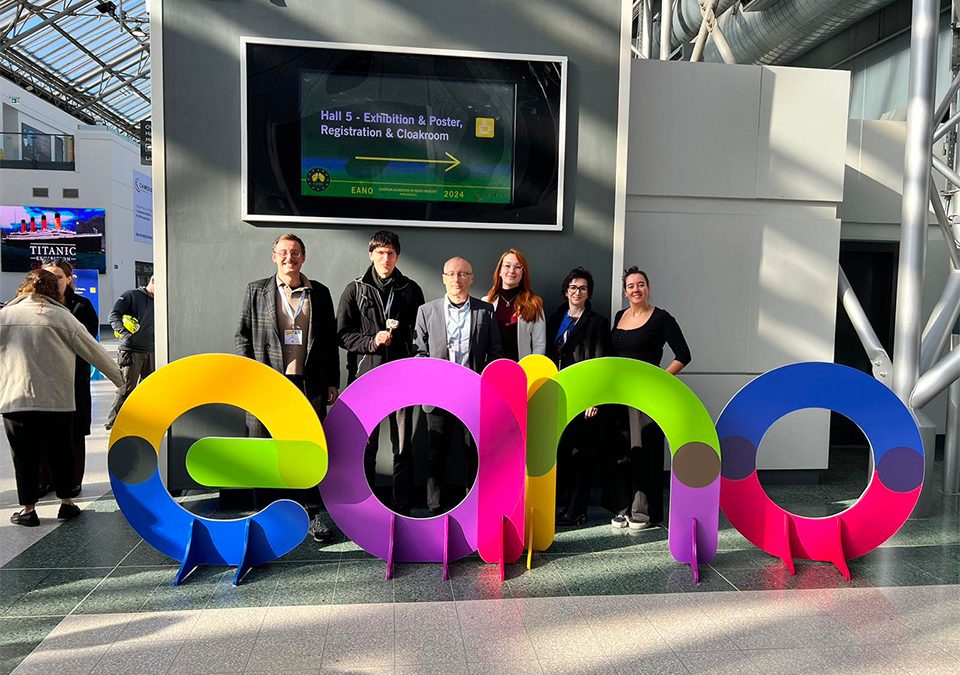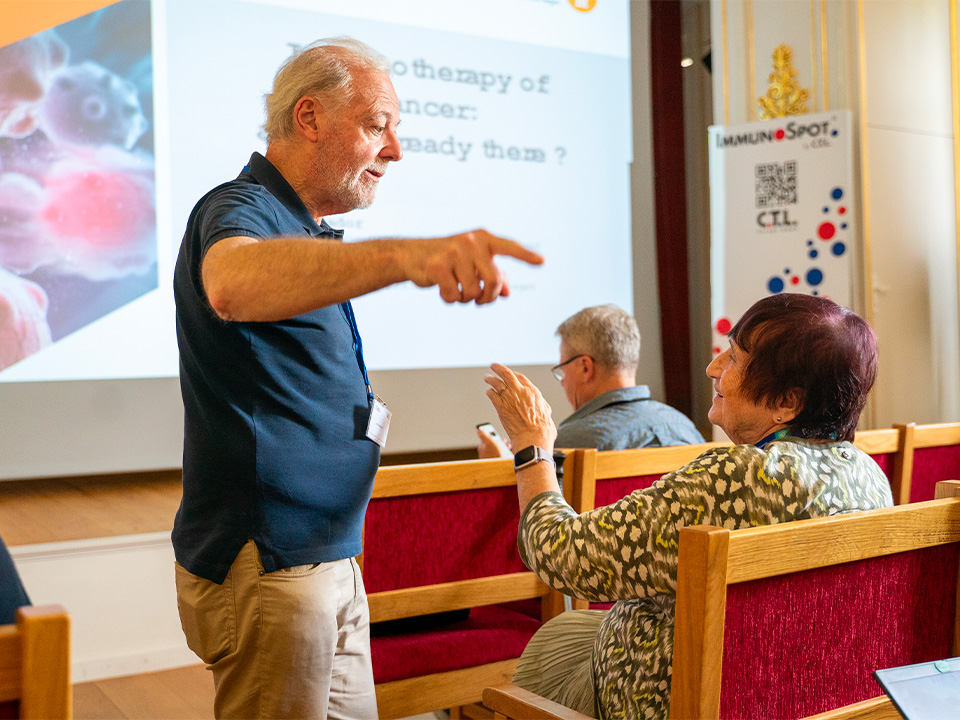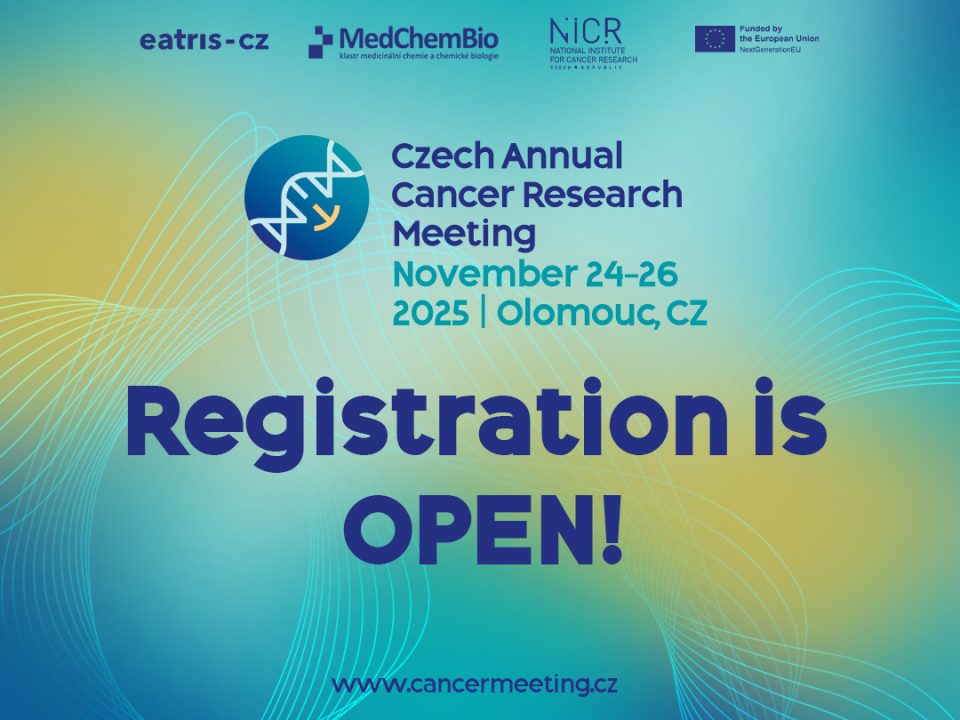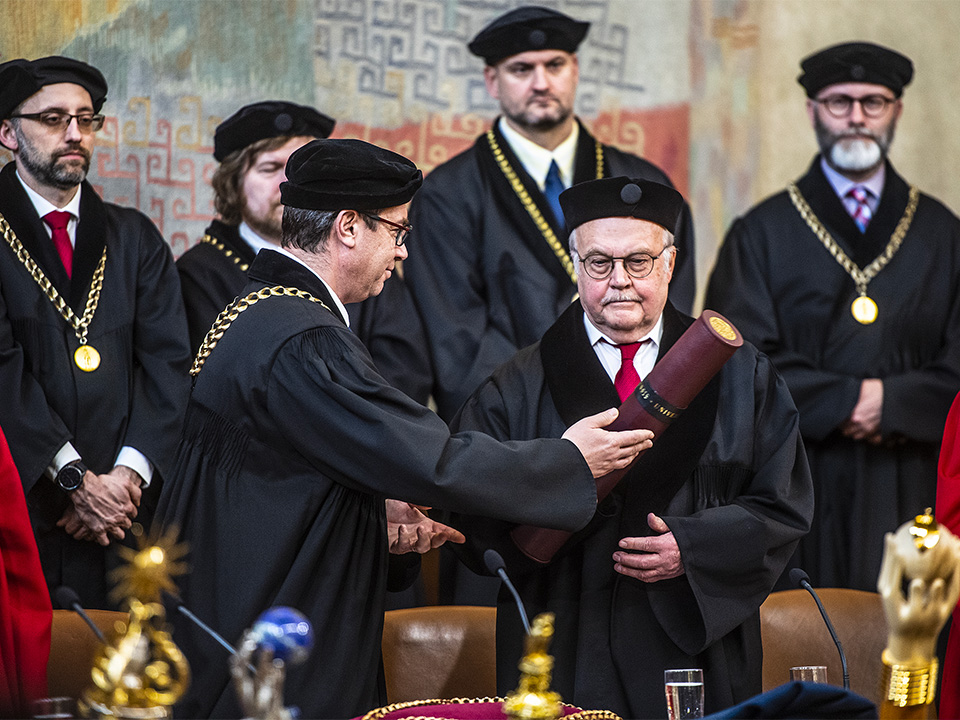At this year’s 19th conference of the European Association of Neuro-Oncology (EANO), in October in Glasgow, Scotland, representatives of scientific groups from all nodes of the NICR – from Prague, Brno and Olomouc – gathered. The main topics discussed included experimental and combination therapies, the development of radiation oncology technologies, precision tools for neurosurgery, advanced imaging methods and the latest advances in molecular diagnostics and basic research in neuro-oncology.
“The activities of the member departments of the Neurooncology Section of the Czech Society for Oncology are not only focused on clinical work or scientific publications. The active participation of Czech neuro-oncologists – both experimental and clinical – in the prestigious EANO conference and their direct role in the General Council and Scientific Committee is growing year by year,” says Aleksi Sedo, Director of the NICR, who is a member of the General Council and President of the 20th EANO conference. The conference will be held 16-19 October 2025 in Prague – the first time in “Eastern” Europe and with a local conference president.
EANO is the European multidisciplinary neuro-oncology organisation representing all medical and scientific disciplines involved in the prevention, diagnosis and treatment of central nervous system tumours. The successful EANO 2024 meeting in Glasgow attracted more than 1200 participants from all continents and was very well received!
“We hope to build on this success in Prague. Traditionally, we will organise an ‘education day’ at the beginning of the conference, aimed especially at younger colleagues, offering them an overview of the latest topics in various areas of neuro-oncology,” says Aleksi Sedo. According to him, the presence of colleagues from the NICR on the prestigious EANO platform represents one of the next opportunities for internationalisation. “I am pleased that the Czech Republic has been gaining an increasingly strong position in EANO in recent years – and this is good news for the scientific community and patients!” he adds.





